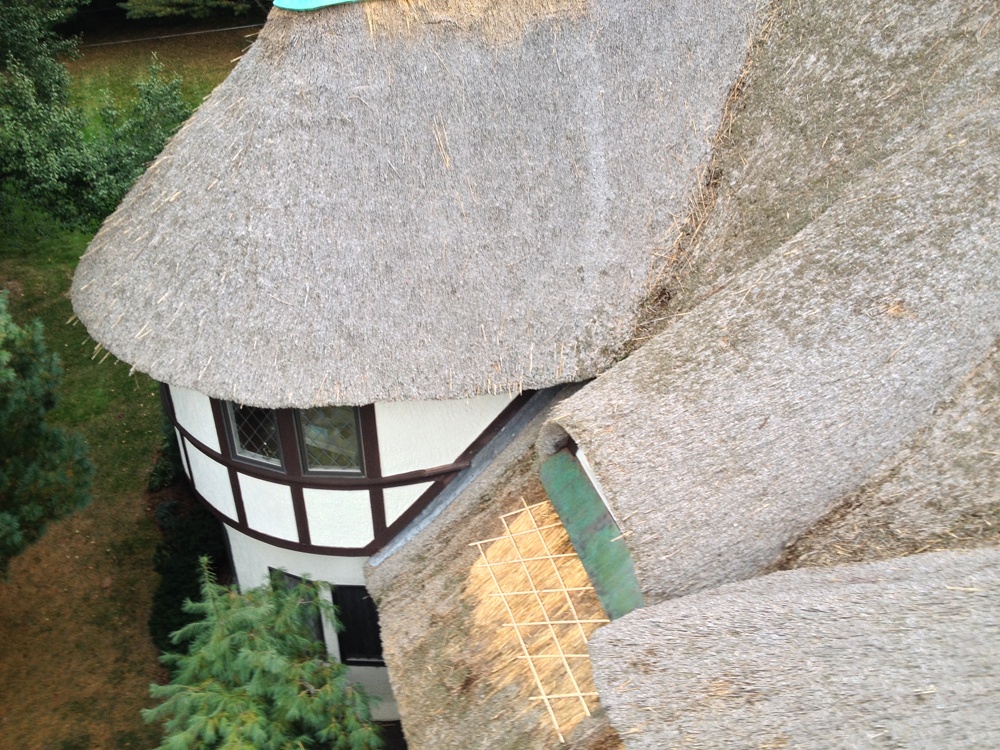

Various European empires are ignominiously remembered in slave castles such as Fort Christiansborg and Castelo de São Jorge da Minain Ghana. Mussolini’s fascist regime built a host of streamlined, Italian Futurist structures in Asmara, Eritrea. Fragments of France can still be found in Hanoi and Ho Chi Minh City. In former colonies, such hegemonic architecture-so named because those in power imposed it-can seem wildly out of place. The Bolo Haouz mosque in Bukhara, Uzbekistan (Shutterstock) Others evolved over the centuries: Islamic architecture encompasses both Moorish horseshoe arches and the turquoise domes of Uzbekistan, but the unified features such as minarets and geometric ornaments tell you these are lands conquered and converted by Muslim empires. Some empires absorbed regional styles, such as the Indo-Saracenic style of the British Raj, derived from the Indo-Persian buildings of the Mughal empire. In the West, Greco-Roman-style monuments, including the United States Supreme Court building and the British Museum, invoke legitimacy by lineage to the cradles of civilization. The proliferation of an empire’s architecture charts its spread: places of worship, military installations, government buildings, and entertainment forums. H istorically, political and economic dominance have dictated building styles. It can combat the placelessness that empires and corporations have imposed. A return to vernacular architecture-the built environment of the people, tailored by and for local culture and conditions-is overdue. We need to uncover and resurface them, to excavate the meanings behind street names, to unearth figures lost to obscurity, and to rediscover architecture that has long since vanished. If a place has been inhabited for long enough, the stories will already be present, even if hidden. The opposite of placelessness is place, and all that it implies-the resonances of history, folklore, and environment the qualities that make a location deep, layered, and idiosyncratic. Everywhere looks like everywhere else and, as a result, anywhere feels like nowhere in particular. Non-places used to be relegated to the fringes of cities in retail parks or airports, or contained inside shopping malls.

In non-places, history, identity, and human relation are not on offer.

The anthropologist Marc Augé gave the name non-place to the escalating homogeneity of urban spaces.

I travel a lot, so it was not the first or the last time that I would wake up in a state of placelessness or the accompanying feeling of déjà vu. I thought about phoning down to reception to get my bearings, but it felt too much like the beginning of an episode of The Twilight Zone. From the window, I saw only the signs of ubiquitous brands, such as Subway, Starbucks, and McDonald’s. The eerie uniformity extended well beyond the interior design too: The building itself felt like it could’ve been located in any number of metropolises across the globe. The room was like any other these days, with its neutral bedding, uncomfortable bouclé lounge chair, and wood-veneer accent wall-tasteful, but purgatorial. S ome time ago, I woke up in a hotel room unable to determine where I was in the world.


 0 kommentar(er)
0 kommentar(er)
